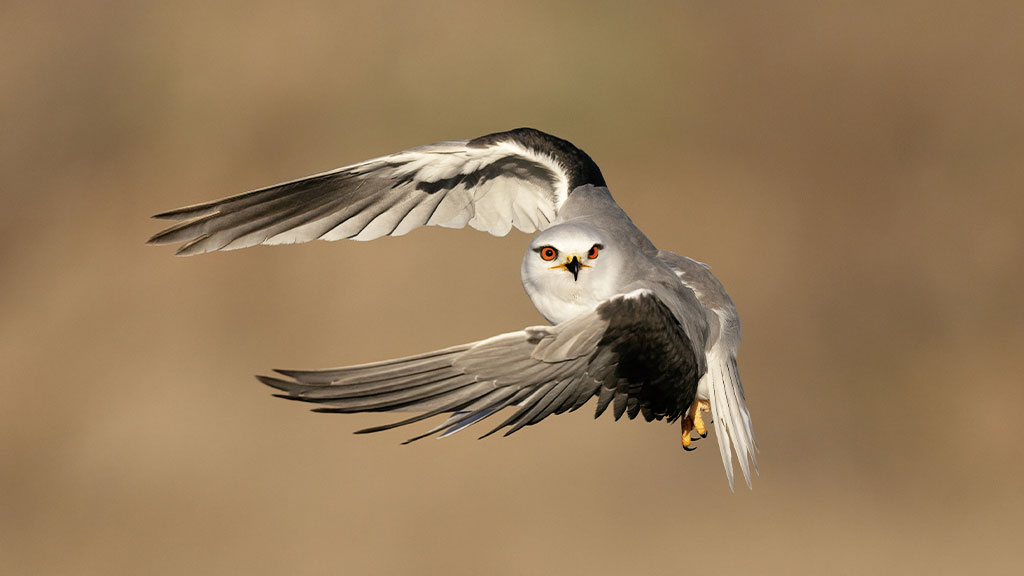Why don’t birds get frozen feet? And other amazing avian adaptations
When you see waterbirds standing around in cold water, or wandering across the ice, you might wonder why they don’t get frostbite in their feet. So how do ducks, geese and swans cope with the cold weather in the winter?
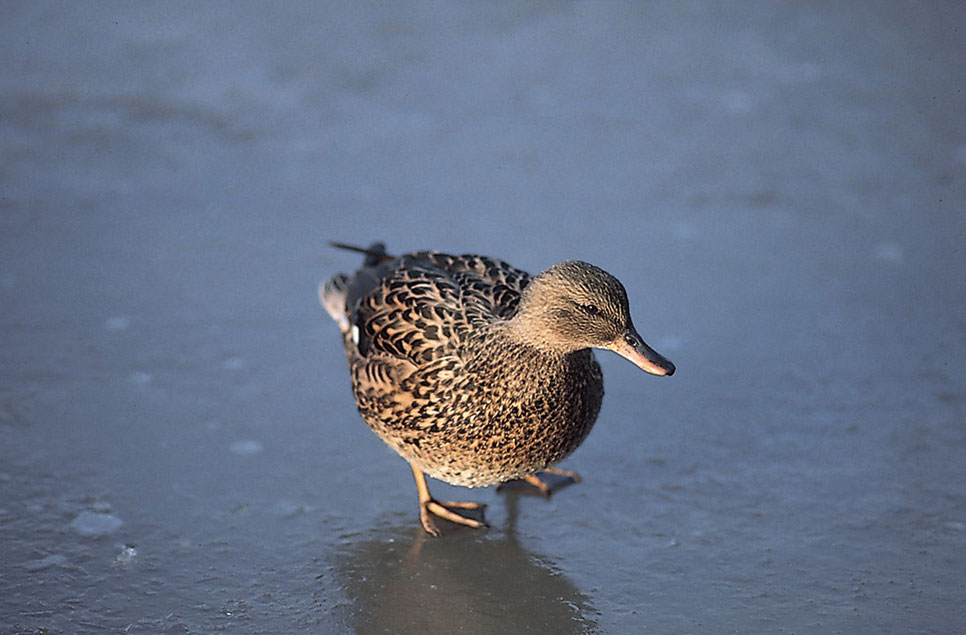
If you’ve ever visited a wetland in winter, you’ll know that it’s far from a quiet time of year. Waders whirling in flocks, thousands of geese and swans arriving from the freezing Arctic and raptors swooping in with deadly energy to send the saltmarsh into chaos.
Although filled with food, wetlands can be exposed places in winter for waterbirds like ducks, geese and swans. Despite our warming planet, some places are still extremely cold with wintery conditions that might last as late as April. So how are birds adapted for life out on wet and windy wetlands?
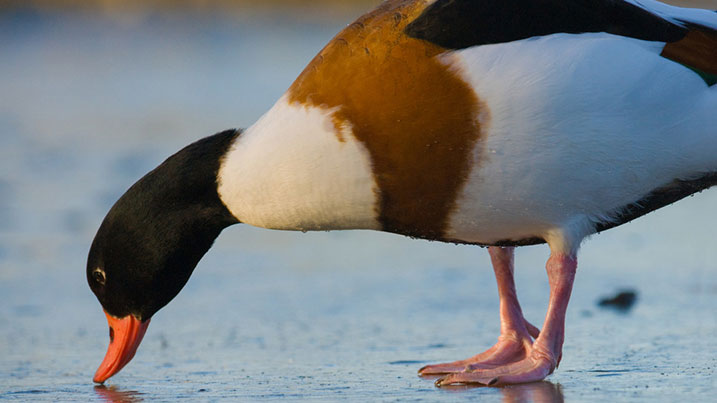
Why birds’ feet don’t freeze in cold water
When you see waterbirds standing around in cold water, or wandering across the ice, you might wonder why they don’t get frostbite. The secret is in a thermoregulatory adaptation that helps them manage the difference in temperature between their feet and the ice.
Many waterbirds have a counter-current heat exchange system in their feet. This means that warm arterial blood and cold blood pass by closely together as it’s pumped around, reducing the temperature of their feet but also keeping them mobile. The result is that the birds’ feet and the ice are closer in temperature, which reduces the risk of frostbite setting in. This is because the greater the difference between the two surfaces (the ice and the feet), the more heat is lost from the hot object (the foot) increasing the risk of frostbite.
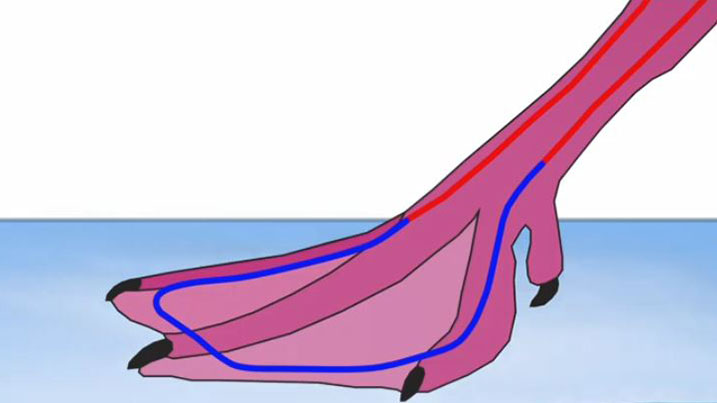
Geese generally prefer to be on land and can be seen grouping together on the ground at night. If there’s been a big frost, they often leave little goose-shaped patches (complete with goose poop) to show where they’ve been!
At WWT reserves we install special bubbling features to keep our ponds free of ice and safe for ducks.
Still confused? Watch our aviculture expert Phoebe explain the process.
Feathered functionality
Feathers are one of the defining features of a bird, and as well as enabling flight they’re also incredibly insulating. In fact, feathers evolved first for insulation before flight, as the earliest birds evolved to become warm-blooded. They have a preen gland, which is located at the base of the tail and produces the oil that the bird must rub all over its body to waterproof feathers. Herons and egrets even have special feathers called ‘powder down’ which break off into particles a bit like talcum powder, also to help with waterproofing.
If you look closely, you might see birds ‘fluffing’ their extremely dense feathers to trap air - essentially, it’s like having a down coat but attached to your own body. The nest feathers of the eider duck have long been prized for coats and bedding because of their amazing insulating qualities.
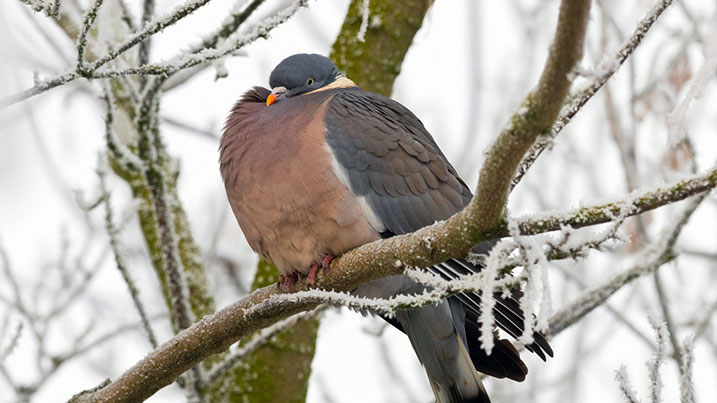
Like a duck to water
Because we associate ducks with water you’d be forgiven for thinking that ducks love the rain (ever heard someone say ‘nice weather for ducks’ on a rainy day?). But actually they prefer drier weather just like the rest of us.
Rain means hard work for our feathered friends. It takes ducks and other waterbirds a lot of time, effort and energy to make sure their feathers are waterproof. The process that ducks go through to ensure that they are watertight flotation devices involves the previously mentioned preen gland, stimulating the glands that secrete the water-proofing oil and applying it to feathers after each and every bout of rain. So every time it rains, the bird needs to use more energy and time to keep warm, dry and healthy, when it could be feeding or finding a mate.
Another interesting myth about ducks is that their quack does not produce an echo. Ridiculous as this might seem, it has actually been scientifically disproven in the lab.
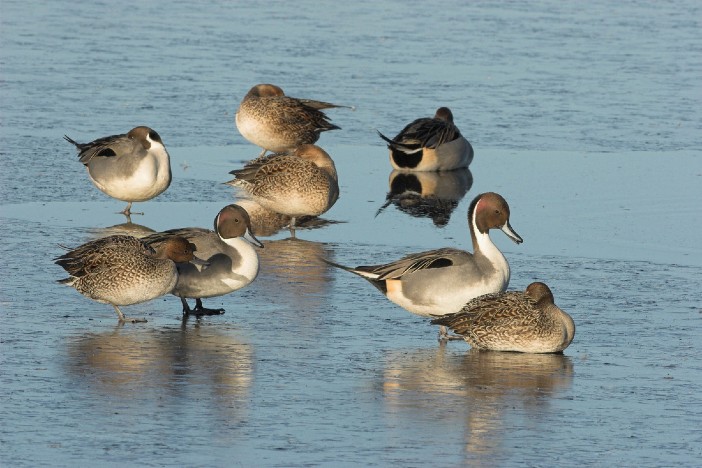
Waterbirds need wetlands
Despite being adapted for life in the cold, migratory wetland birds often push themselves to the very limits of endurance during winter. Which is why conserving the wetlands that birds know and rely on is so important.
Many birds use one or a chain of wetlands along their route as staging posts or ‘bird service stations’, where they can stop, feed and rest before continuing on their journey. They often pass down the knowledge of these refuges to the younger generations.
These staging posts are critical for their survival and if any one of these valuable sites is destroyed it can make life extremely difficult for migrating birds. Imagine turning up to a service station, with only a few litres of petrol left in your car to find that it wasn’t there anymore? You might be able to find another one nearby, but that requires more energy you don’t have, and it might not even have the right kind of fuel when you get there.
With such narrow margins, we cannot overestimate the importance of keeping our wetlands safe and in a healthy state. According to a 2017 BTO report on the state of the UK’s birds, ‘the importance of these sites (protected areas) has been clear during particularly cold winters (eg 2009/10 and 2010/11)'.
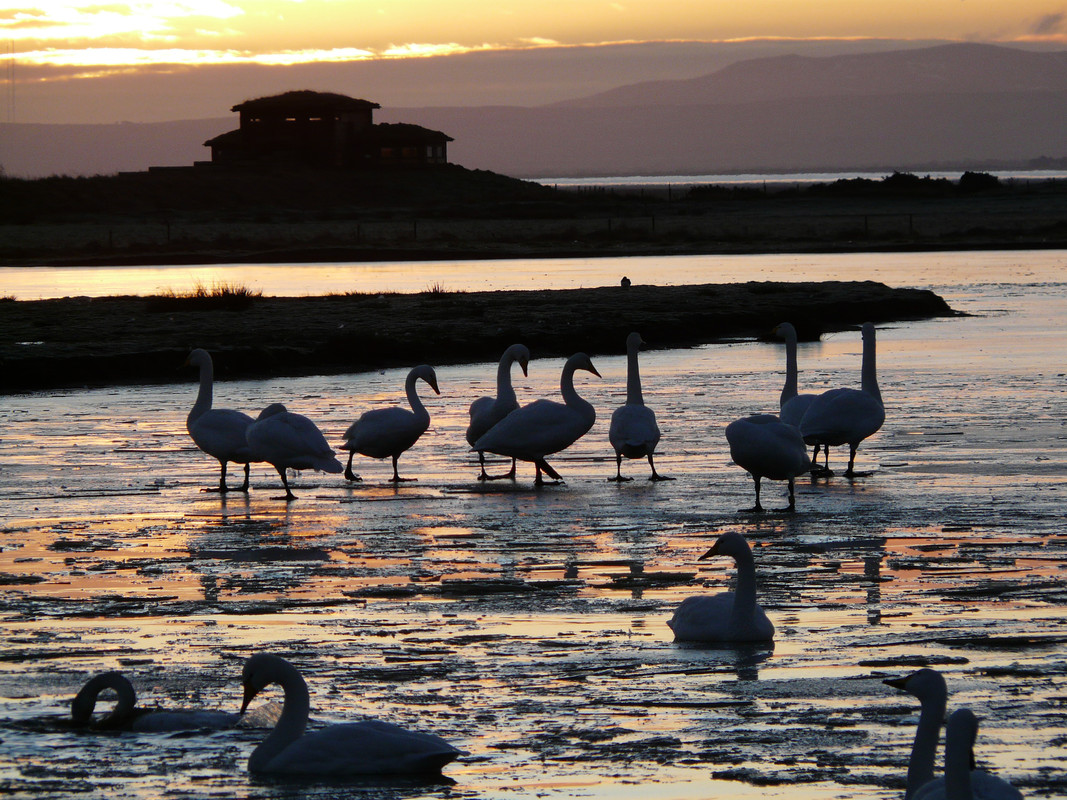
Helping wildlife in the winter
At WWT, we carefully monitor the health of the wild birds. Around two thirds of our reserve land – over 1,700 hectares – has a designation from Ramsar to special protection area. Throughout the year we use a combination of techniques, such as cattle grazing, water-level management and reedbed construction, to create ideal habitats for a huge biodiversity of species. We’re also thinking bigger, beyond our reserves, to combat the effects of habitat fragmentation across the British landscape and create bigger, more joined up wetlands.
We also always encourage people to give wildlife a helping hand themselves during the winter. Here are some quick ideas for how you can help:
- Waterbirds love to be fed in winter! If you can, feed waterbirds with grain or leftover greens if possible, rather than bread, as although white bread can be fine in small doses, too much is thought to be detrimental to the development of young birds and cause a disorder called ‘Angel Wing’ where the bones grow too fast
- Provide water in a bird bath or pond – birds still need water when it’s cold, and if it’s sub-zero outside, they might not be able to find clean, unfrozen water. So make sure to give it a smash if it freezes over
- Let a patch of your garden grow wild and long, or heap up dead leaves so that small animals and insects have shelter – linked-up wild ‘corridors’ are even better
- Ponds are great sources of water and food for birds (who eat the aquatic insects) – find out more about how to add a wetland feature to your garden
- Buy or make a bee-brick so that hibernating insects have somewhere to go during the colder months
